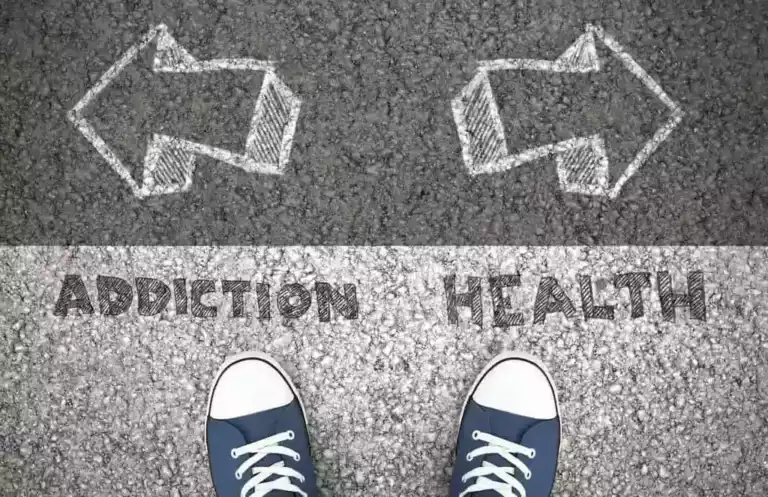Since states have overwhelmingly failed to protect incarcerated people in jails and prisons, the outlook for halfway houses is bleak. For the most part, people go to halfway houses because it is a mandatory condition of their release from prison. Some people may also go to halfway houses without it being required, simply because the facility provides housing.
- If the judge ordered you to attend drug treatment, the probation office will usually set you up with an inpatient or outpatient program, depending on your personal circumstances.
- This is to ensure that residents are not distracted from their recovery and are fully present in the treatment process.
- Going to a sober living house has been proven to support sobriety efforts, with results ranging from a decreased amount of relapses to long-term sobriety.
Mental Health Treatment Center
Your probation officer will tell you what specific information he or she needs to request the transfer. Many individuals finishing out their custody sentences inside one of the incarceration facilities of the U.S. While the home is the place where the heart is, a household that consumes or uses substances is not a pleasant place to return to after completing substance abuse treatment. Family and friends can be a crucial source of assistance, but some people do not understand substance abuse or recovery, and they might tempt you to drink or use drugs.
What is the difference between a Residential Reentry Center and a halfway house?
Your halfway house placement will usually be in Baltimore or Washington if you were convicted in Maryland, unless you have arranged in advance to return to a different community when you are released. If you or a loved one is struggling with alcohol or substance misuse, American Addiction Centers can help you find treatment and understand post-treatment options such as halfway houses. Contact one of our admissions navigators today to take the first steps toward recovery or to help identify recovery residences that can aid your recovery .
- For individuals who have recently been released from prison or correctional facilities, a halfway house can offer a vital bridge between incarceration and independent living.
- With its peaceful atmosphere and variety of activities, September is the ideal time to visit Halfway House and truly immerse yourself in its small-town charm.
- Take a leisurely stroll and admire the traditional architecture, or pop into one of the cozy pubs for a pint of ale and some hearty pub food.
- The length of stay varies tremendously, but most people stay anywhere between three to twelve months.
- There’s no requirement for you to bring any of the items listed, but it is highly recommended that you do.
Thrive In Your Sobriety At These Sober Events In Orange County and Greater LA
Both refer to community-based facilities that support inmates’ transition to society. For the most current and comprehensive information on federal halfway house locations, visit the BOP’s official Residential Reentry Management Centers page. This resource allows you to search for facilities by state, city, heroin addiction or judicial district, ensuring you find the options nearest your intended release location.
You Need Support
- You can request that the judge terminate your supervised release early if you have completed more than a year of supervision.
- To face substance abuse and addiction problems directly and to get as much out of rehab as possible, you must first commit yourself to rehab.
- Some halfway houses do permit walk-in visits which may be subject to availability.
These homes offer a safe and supportive environment to continue the recovery process while gradually reintegrating into everyday life. Halfway houses are designed to provide a supportive and structured environment for individuals transitioning from one stage to another, such as being released from prison or completing addiction treatment. These homes offer a range of services and resources to help residents navigate their recovery what is a halfway house journey successfully. A halfway house is a temporary living facility for individuals who are transitioning out of correctional institutions or rehabilitation programs.
If the judge did not order you to participate in drug treatment but you are interested in treatment, we have many programs included on our reentry resources page. If your Probation Officer finds a drug treatment program for you, Probation will usually pay for it. If you find your own drug treatment program, you will likely have to have your insurance pay for it or find other sources of funding. Some programs are fully funded by medical assistance (Medicaid) or other sources. If you spend the last portion of your sentence in a residential reentry center, or halfway house, you will be responsible for arranging transportation to your home when you are released from the halfway house.








